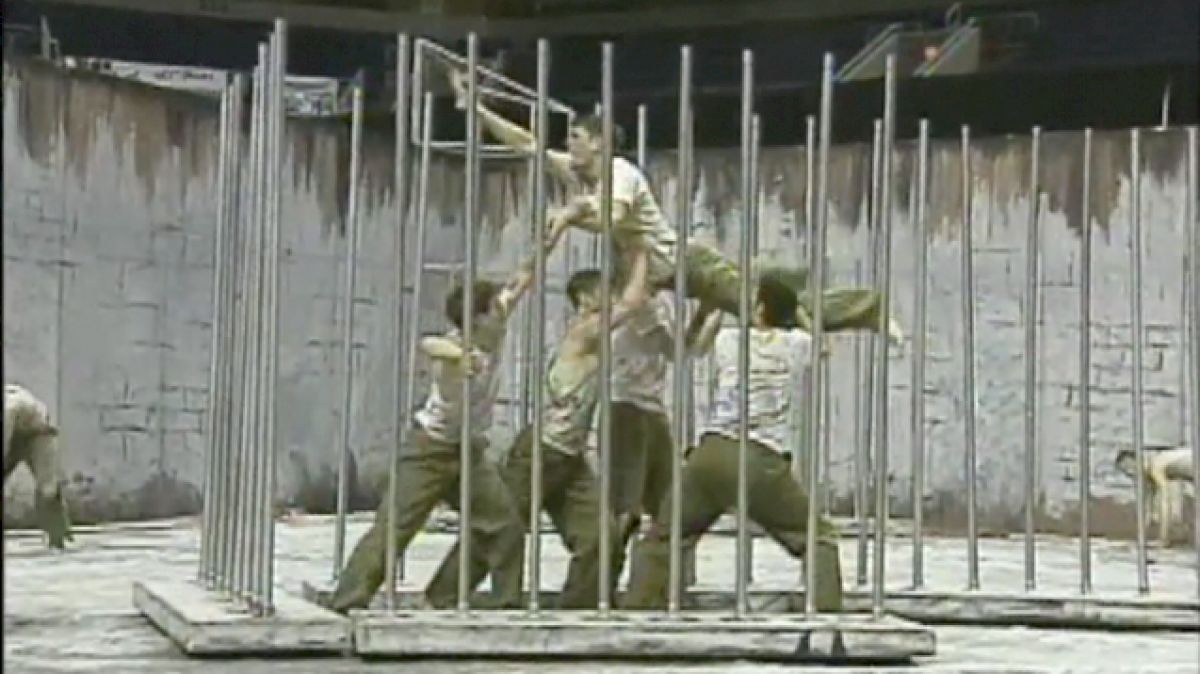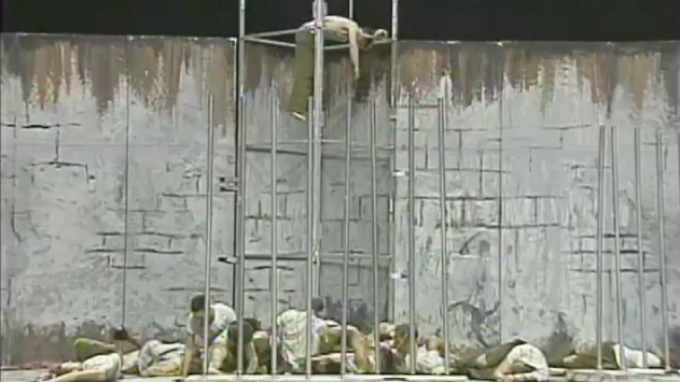Pride 1997: Looking Back On WGI's Most Influential Shows Of All Time
Pride 1997: Looking Back On WGI's Most Influential Shows Of All Time
In this series of articles, we are going to take a look back at some of the most influential WGI shows from the mind of one the experts in the art.

Unlock this article, live events, and more with a subscription!
Already a subscriber? Log In
Groundbreaking shows are not always the ones that finish first, but they always have a lasting impact on the direction of the sport many years after their final performance.
In this ongoing series, FloMarching has asked one of color guard's top experts, Courtney Allyson Mills, to take a look back at some of WGI's most influential shows.
Courtney Allyson Mills has taught color guard and dance at over 150 high schools and universities. A two-time WGI gold medalist with The Company and a DCI finalist with Carolina Crown, she is also the founder and facilitator of ColorguardEDU.
Pride of Cincinnati 1997
The year was 1997 and Pride of Cincinnati took the WGI floor with a cast of all-male performers with the show “Escape from Alcatraz.”
Each member of the color guard is dressed in brown trousers and a tattered white T-shirt. They all appear filthy, desperate, and hardened. There are prison bars set up, dissecting the floor and the prisoners into three sections. The floor and the props are organized to make it seem as if the color guard is contained.
The show begins with a low menacing sound, like a fog horn. The prisoners are active in individual shows of suffering through choreography that highlights their movement abilities, as well as their dedication to this character. Several "fight scenes" begin taking place, in which the performers choreographically duel and react. As a choreographed contagion washes over the guard from left to right, the wall of this prison is infiltrated by other prisoners, who have just seemingly broken through one of the prison walls.
On the floor, the audience hears heckling and yelling from the prisoners, as they are leaning into the prison bars that separate them. The music shifts to become high-pitched, intense, and frenzied. Sabres take over the front space, while the rifles take over the space toward the back. In the open space on side one, there are dancers that continue the choreographed struggle until they pick up flags.

The three stages stay separated until the music shifts and the prisoners break apart the prison bars and move them to create more of a unified space. The performers approach every single choreographed second with a heavy and grounded quality, showcasing the effort in creating the desired effect. Each performer holds his own from a movement and equipment standpoint.
As the show progresses, a single light pink flag enters the space and the music becomes lighter, more reminiscent of better days. The quality of this particular moment changes the perspective of the men in this prison. They become softer and more human. During this softer section, the sounds of sadness can be heard from the prisoners on the floor, crying out for a life they used to have.
As Alcatraz is becoming more vulnerable, the performers begin reshaping the prison bars and the music begins intensifying. Prisoners begin acting more animalistic and the energy becomes unstable. Flags are being thrown over the "walls" of the prison and it seems as if a coup d'etat is inevitable. The prison bars reshape to a small square that houses a brilliantly choreographed movement feature.
Rifles take over the space and then give way to flags. A single prisoner is left locked up on side one. As the show ends, a tower of prisoners in the center of the floor looks to be assisting in the escape of a single prisoner, who is left dangling in midair when the show ends and the performers fall to the ground.
The "Escape from Alcatraz" brought a fantastic cast of men together and created a platform in which winter guard perceived its male constituents in a completely different way. This show was successful in myriad ways, but its "break from the norm" qualities sent it to the record books.